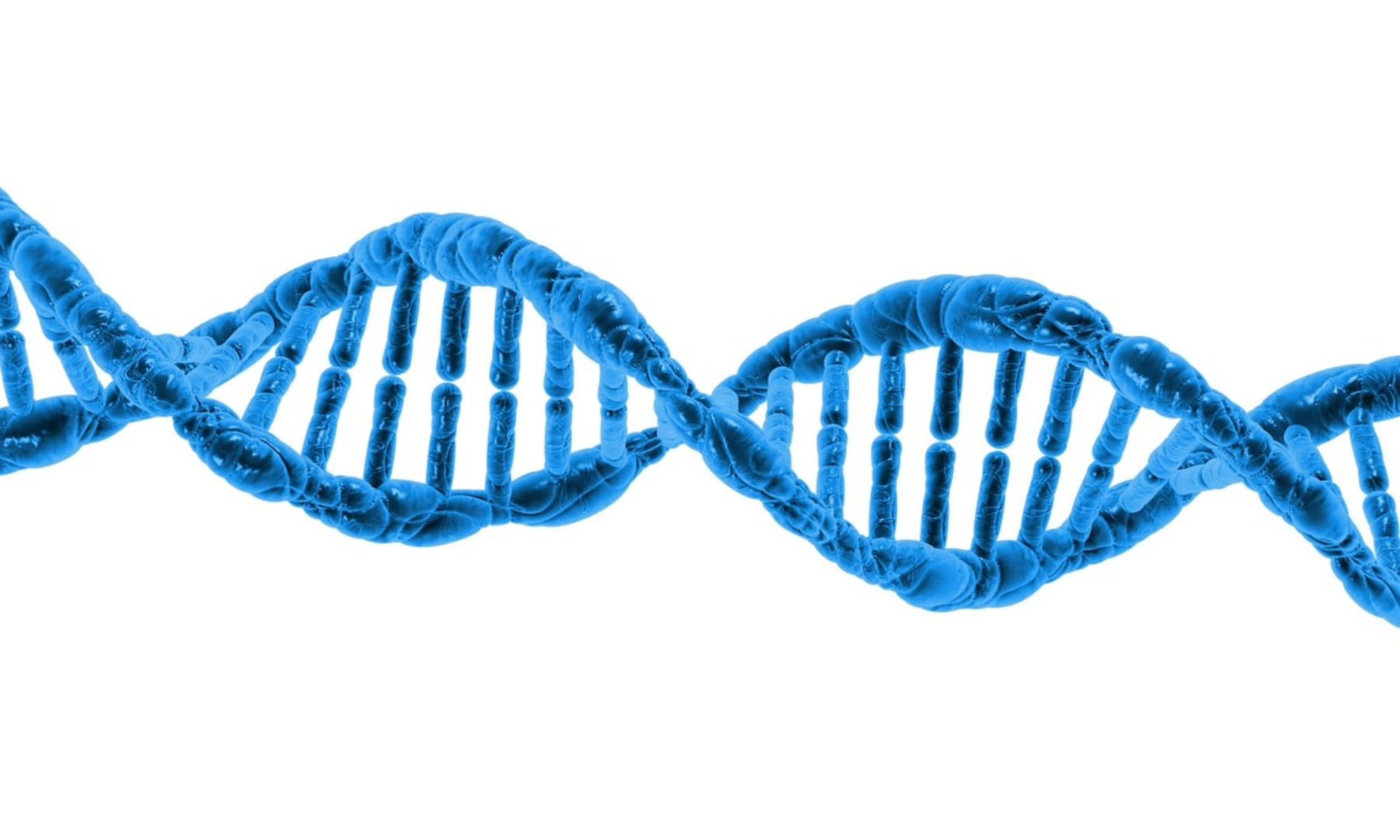The following abstract reports photobiomodulation research that reports dementia was reversed.
Photobiomodul Phtomed Laser Surg. 2019 Mar;37(3):133-141. Effects of Home Photobiomodulation Treatments on Cognitive and Behavioral Function, Cerebral Perfusion, and Resting-State Functional Connectivity in Patients with Dementia: A Pilot Trial. Linda L. Chao
Photobiomodulation Research Abstract
Objective: To examine the effects of transcranial and intranasal photobiomodulation (PBM) therapy, administered at home, in patients with dementia.
Background: This study sought to replicate and build upon a previously published case series report describing improved cognitive function in five patients with mild-to-moderate dementia after 12 weeks of transcranial and intranasal near-infrared (NIR) PBM therapy.
Materials and methods: Eight participants (mean age: 79.8 ± 5.8 years old) diagnosed with dementia by their physicians were randomized to 12 weeks of usual care (UC, n = 4) or home PBM treatments (n = 4). The NIR PBM treatments were administered by a study partner at home three times per week with the Vielight Neuro Gamma device. The participants were assessed with the Alzheimer’s Disease Assessment Scale-cognitive (ADAS-cog) subscale and the Neuropsychiatric Inventory (NPI) at baseline and 6 and 12 weeks, and with arterial spin-labeled perfusion magnetic resonance imaging (MRI) and resting-state functional MRI at baseline and 12 weeks.
Results: At baseline, the UC and PBM groups did not differ demographically or clinically. However, after 12 weeks, there were improvements in ADAS-cog (group × time interaction: F1,6 = 16.35, p = 0.007) and NPI (group × time interaction: F1,6 = 7.52, p = 0.03), increased cerebral perfusion (group × time interaction: F1,6 = 8.46, p < 0.03), and increased connectivity between the posterior cingulate cortex and lateral parietal nodes within the default-mode network in the PBM group.
Highly significant findings were reported using both assessment methods. Improvement in cognitive functioning for the subjects receiving photobiomodulation was truly impressive. Given the small sample size (only four treatment subjects and 4 control subjects) the fact significance was found is remarkable. It is highly unusual for a study with such a small sample size to report significance.
Conclusions: Because PBM was well tolerated and associated with no adverse side effects, these results support the potential of PBM therapy as a viable home treatment for individuals with dementia.
For more information about the Vielight device used in this study, contact Vielight.com (877-355-8012). The 10% discount code is healing4me.
Robert Rodgers PhD

